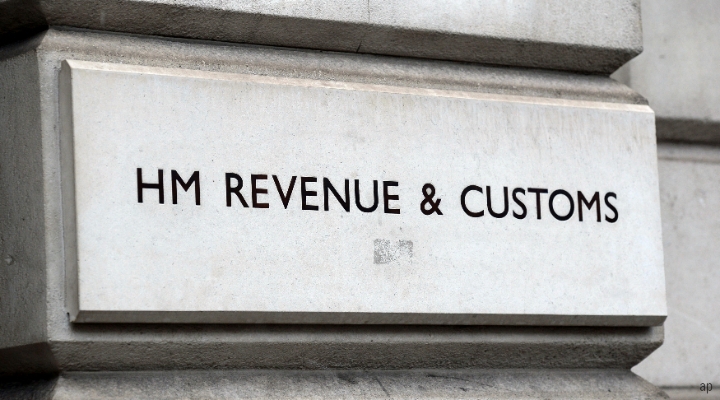For the past several years, sombre market watchers have been warning investors to prepare for more modest returns from their portfolios. Just as trees don't grow to the sky, nor do extended market rallies go on forever.
Market fundamentals also suggest that more muted returns are likely in the future. Bond yields have historically been a good predictor of total returns from bonds over the ensuing decade; today's Barclays U.S. Aggregate Bond Index yield of about 2.25% suggests that investors should check their return expectations for that asset class.
And while stocks could well continue to benefit from being the best of a bad bunch, valuations could put a lid on stocks' gains.
If the market provides less of a helping hand in the future than it has in the past, that means that investors will need to do more of the heavy lifting to make their plans work: Bumping up their savings rates during their accumulation years and drawing less from their portfolios during retirement are two obvious ways to make up for muted returns.
But investors can also take smaller steps to improve their portfolios' returns and, in turn, improve the viability of their plans.
Here are five strategies for making a save for your portfolio even if market returns are muted over the next decade or even longer.
Strategy 1: Revisit Key Assumptions
The S&P 500 has returned about 20% on an annualised basis since the market bottomed in March 2009. But stocks' long-term returns have averaged less than half of that, and it's reasonable to assume that returns over the next decade could be even lower than that due to high valuations.
To help factor in a less-forgiving market environment, it's a good time to revisit the key assumptions underpinning your retirement plan, whether you're still accumulating or already retired. If you're using a retirement calculator, take care to employ modest return assumptions; I would use 2% or so for bonds and 6% or thereabouts for stocks.
If those lower return projections point to a shortfall in your retirement plan, you can then determine what steps you need to take to make a save, perhaps increasing your retirement-plan contributions, decreasing planned in-retirement spending, pushing back your retirement start date, or reducing your in-retirement withdrawals. Employing a combination of the aforementioned steps may help you salvage your plan without taking drastic measures.
Strategy 2: Assess Your Asset Allocation
It's difficult to predict the future returns of stocks: While starting valuations have historically been one of the best predictors, factors such as economic growth and innovation can also shape market performance. Bond returns, by contrast, are easier to predict.
That means that with yields as low as they are, an investor who sticks in bonds and forsakes stocks could well be locking themself into a very low return. Investors who maintain higher equity positions won't necessarily get rich, but they will at least have a fighting chance of outrunning inflation over time.
That's not to suggest that you throw standard asset-allocation guidance out the window. Individuals who expect to draw money from their portfolios in the near or even intermediate term absolutely need cash and bonds. But it does suggest that the safety of cash and bonds could prove illusory over longer time frames.
Strategy 3: Watch Investment Costs Like a Hawk
Lower returns on a going-forward basis also mean that efforts to control a portfolio's various cost measures will be even more beneficial than in a higher-returning environment. After all, paying a 1% expense ratio on a balanced portfolio that earns 10% on an annualised basis takes a 10% bite out of that return. If balanced funds return just 6%, that 1% expense ratio translates into a 17% levy on the portfolio's return.
Given those numbers, investors' stampede into various types of inexpensive passively managed products, both index funds and ETFs, looks quite rational.
Strategy 4: Aim to Reduce the Drag of Taxes
In a similar vein, lower returns mean that taxes take a bigger bite of your portfolio's value, on a percentage basis, than in a more flush return environment. Lower absolute returns enhance the tax-saving features of vehicle like ISAs, SIPPs and workplace pension schemes – once their tax benefits are factored in, these investments beat investing in a taxable account and paying taxes on dividends and capital gains.
Strategy 5: Build a Defence Against Inflation
Like expenses and taxes, inflation is a bigger deal when returns are lower. Inflation has been pretty benign for the past several years, but this may not be the case in the future. Of course, stocks provide investors with the best long-term shot at outrunning inflation, so young investors with ample equity stakes who are not spending from their portfolios don't need to go out of their way to add insulation against rising prices.
They're likely to receive periodic wage increases that help offset higher prices in their working years, and returns from their stock holdings will likely beat inflation. But inflation protection is more important for retirees who have a healthy share of their portfolios staked in fixed-rate investments like bonds and cash and are actively spending from their portfolios. Consider investments such as infrastructure which have a natural hedge against inflation.
This article has been edited from the original to ensure it is suitable for a UK audience





























